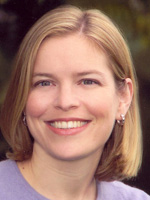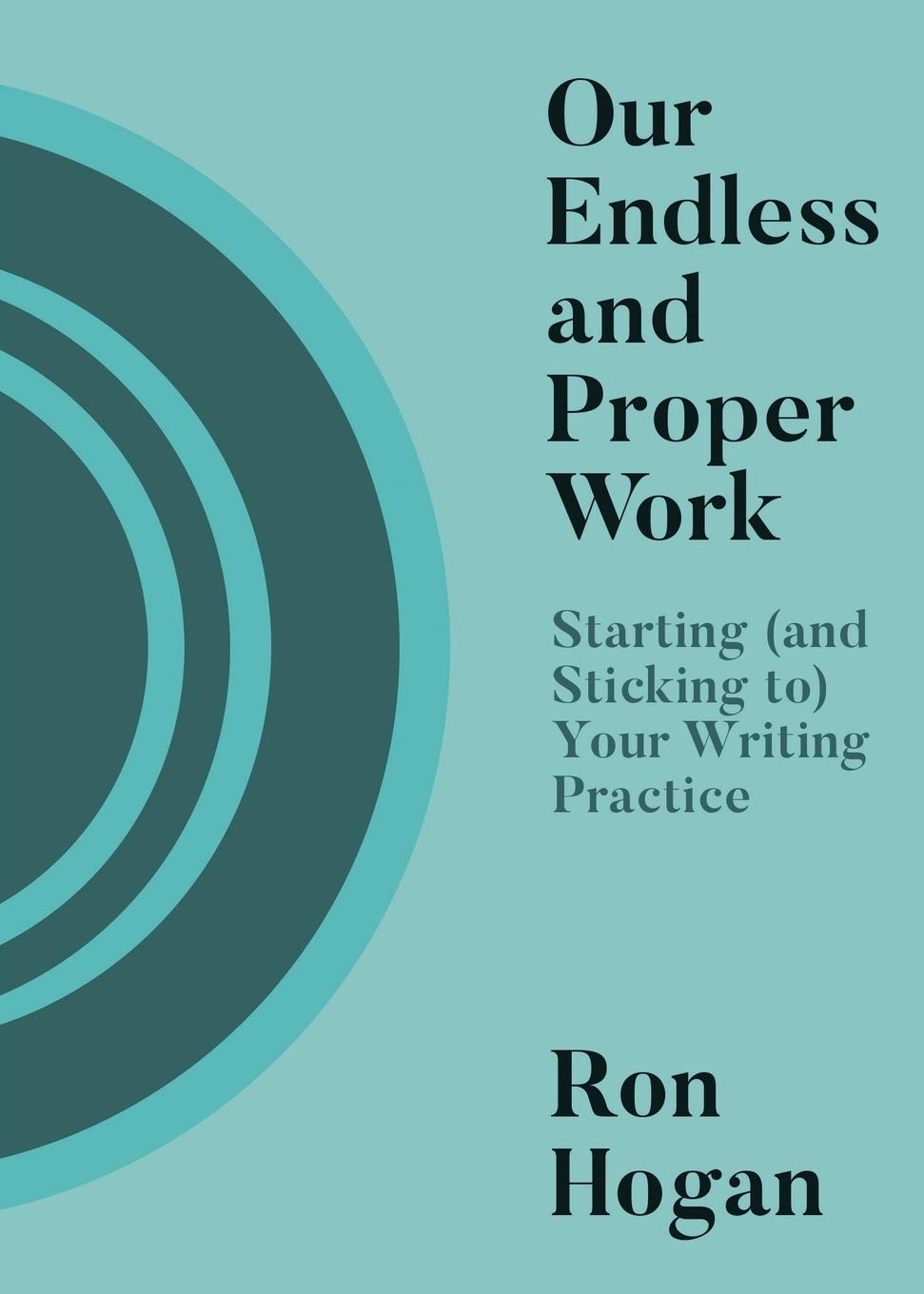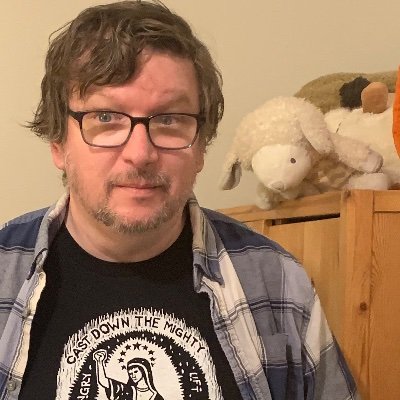Elizabeth Hickey’s Lives of the Artists
When I got word of Elizabeth Hickey‘s second novel, The Wayward Muse, I was intrigued—I knew that Hickey’s first novel, The Painted Kiss, had looked at the relationship between Gustave Klimt and Emilie Flöge, and now here she was tackling the romantic triangle between Dante Gabriel Rossetti, Jane Burden, and William Morris. How, I wondered, had she come to focus on the lives of artists as a recurring theme for her fiction? Fortunately, I’m in a position to get answers to those kinds of questions…It’s funny that she mentions Irving Stone, because he was actually one of the names I was prepared to invoke regarding her work.
The truth is that I’ve been unintentionally training for this particular niche my entire life.
Fall 1977, Louisville, Kentucky: The first day of first grade at St. Matthews Elementary. Since I can already read, the teacher sends me to the library, where I ask the surprised librarian where the biographies are. I read about Florence Nightingale, Jenny Lind, Helen Keller, Babe Didrikson Zaharias—the few women who are considered important enough to have biographies written about them. Later, I graduate to adult biography and my new heroines are Laura Ingalls Wilder, Louisa May Alcott and Marie Curie. Marie Curie, I learn, kept her husband Pierre’s brain in a jar in her room. Even then I had an eye for the curious detail.
Summer 1983, Northwest Harbor, Maine: I am twelve, and my vacation reading is The Agony and the Ecstasy by Irving Stone. I fall in love with Michelangelo. I fall in love with sculpture. I fall in love with Italy, with the Medici, with the artist’s romances. I can still picture Vittoria Colonna’s pale, lovely face.
28 May 2007 | guest authors |
Maggie Leffler on Writing Amidst Tragedy
The publication of your first novel is supposed to be a time for celebration, but for Maggie Leffler, life is a bit more complicated. In this essay, she talks about writing and publishing The Diagnosis of Love while coping with the loss of two of her greatest inspirations.

My husband tells me that there is an American Indian expression, “Hoka hey,” which means today is a good day to die. It’s a statement of preparedness, not of wishful thinking. Greet each day as if it were your last, because there might not be a tomorrow. As a physician who deals with death on a regular basis, and as a daughter whose mother was diagnosed with ovarian cancer in my third year of medical school and died before my graduation, I’ve been regularly reminded of just how fragile life is—it’s just that sometimes I don’t want to be reminded.
My mother was a doctor, as well as a writer. The same year that she died, she was working on a mystery novel, while I would work on the manuscript that eventually became The Diagnosis of Love. I would take off from medical school, and we’d sit, side by side, tapping away on our laptops, and then compare chapters. We were each other’s harshest critics and biggest fans. The year that she was sick, I wrote furiously, as if we were both dying of cancer. The year that she died, I kept writing at the same pace, both to save myself from my grief and because the characters had become my old friends. They’d seen me through the worst and kept me laughing. Even my mother knew them intimately. I had to see the story through.
“Seeing it through” meant applying to the Iowa Writers Workshop and not getting in, joining a local writers group instead, and ultimately, writing six more drafts over the next seven years. The perseverance paid off: When I got an agent, she sold the book to Bantam within two weeks. Joy! A year later, the advance copies were in, and I sent one to my father, complete with “Cliff’s Notes” of which characters were completely imagined and which characters had been inspired by a real person. (“As if I couldn’t tell,” he said, chuckling).
23 April 2007 | guest authors |

 Our Endless and Proper Work is my new book with Belt Publishing about starting (and sticking to) a productive writing practice.
Our Endless and Proper Work is my new book with Belt Publishing about starting (and sticking to) a productive writing practice. 
